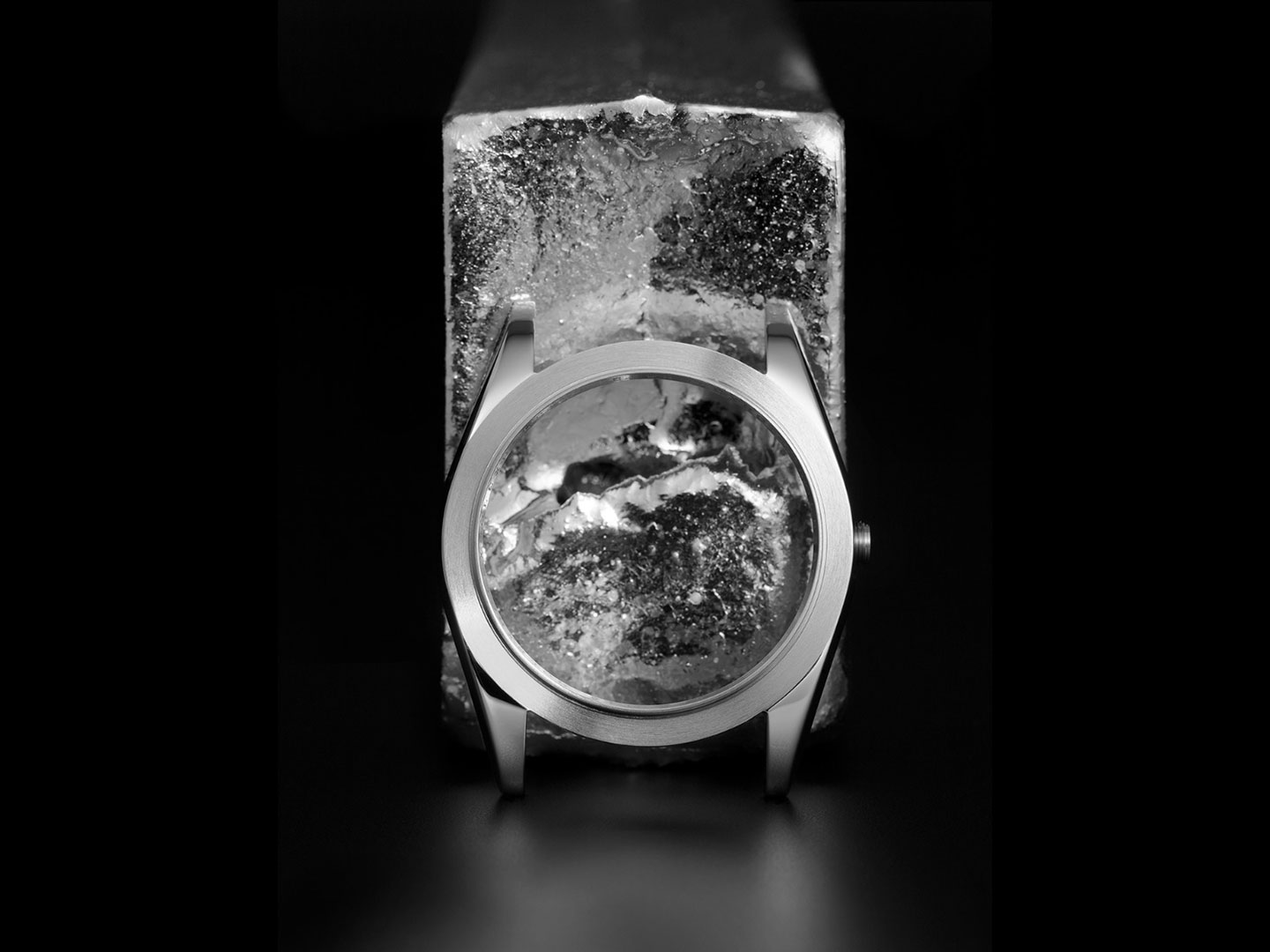950 Platinum and there was light
Rare and precious, considered the noblest of metals, platinum is striking for its silve-ry whiteness and its vibrant luminosity. Known as far back as ancient Egypt and the pre-Columbian era, it was only discovered much later by Europeans. The secrets of shaping it, which are linked to its very particular physical properties, came to light even more recently. Since then, platinum has gradually risen to its current status as the ultimate metal of prestige. Particularly in jewellery, it showcases, like no other material, the precious stones set in it.
Mined in only a few regions of the world, such as South Africa and Russia, platinum belongs to the family of platinoids, which also includes palladium, rhodium, ruthenium, iridium and osmium. It is among the densest and heaviest metals in the world, and is distinguished by certain unique chemical and physical properties such as its exceptional corrosion resistance. Paradoxically, it is also soft, elastic and highly malleable, which makes machining and polishing especially difficult. At Rolex, the men and women who carry out the finishing of the bracelets and middle cases are well aware of the degree of experience required to master the fine art of polishing platinum.
PRECIOUS STONES AND SOUL
But even more than its corrosion resistance, its exceptional luminosity gives platinum its special status. Whether in the form of a finished component or as a semi-refined raw material, platinum produces a white glow which gives it soul. For this reason, it is the jewellers’ metal of choice; like no other, it enables precious stones to gleam in all their splendour. Rolex uses 950 platinum, an alloy consisting of 950‰ (thousandths) platinum generally combined with ruthenium. At Rolex, platinum is above all used for the Day-Date model, the most prestigious watch in the Oyster collection. The practised eye immediately recognizes a Day-Date or Daytona with an ice blue dial as a platinum model. Platinum is also used for the graduated bezel and dial of the Rolesium version of the Yacht-Master and for the bezel of the 18 carat white gold Yacht-Master II. On the Cerachrom bezels of steel and white gold Professional models, platinum is used to coat the graduations via PVD (Physical Vapour Deposition).
A LONG HISTORY
The use of platinum in jewellery and later in watchmaking in the West is very recent, dating from the 19th century. This metal, however, has a long history. It was known in ancient Egypt and also used by pre-Columbian civilizations. But its rediscovery came much later. Platinum takes its name from the Spanish word platina, meaning “little silver”, for it was the Spanish who, in the 17th century in South America, discovered this white metal that was unknown to them and whose future value they could not imagine. Introduced in Europe a century later, platinum quickly aroused the interest of scientists of the era by virtue of its physical and chemical properties. But, it was only in the early 19th century that pure platinum could be obtained. Due to its very high melting point – above 1,700 °C – complex transformation techniques were only mastered at the end of that century, enabling platinum’s production and its subsequent use in jewellery and watch-making.





